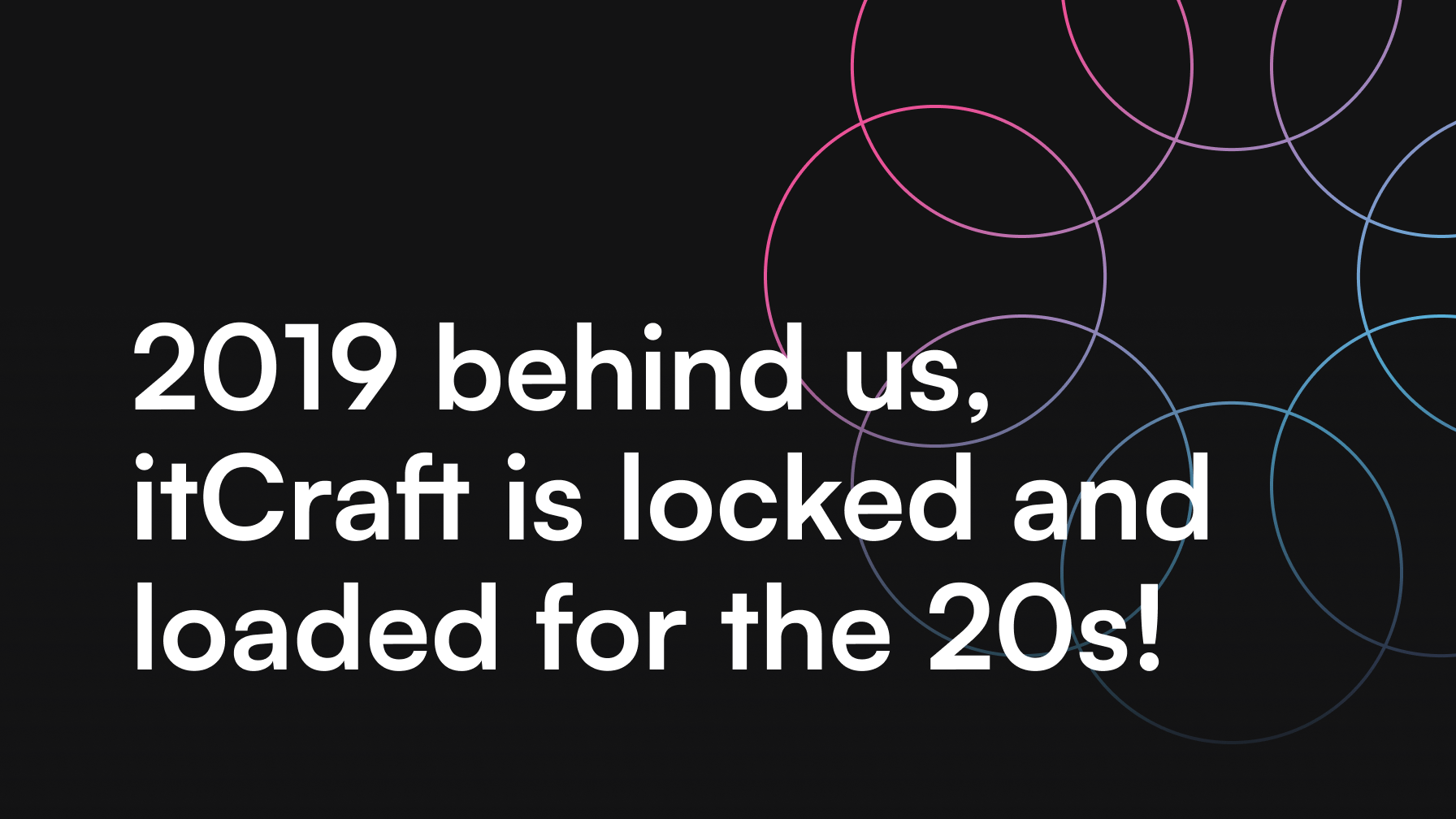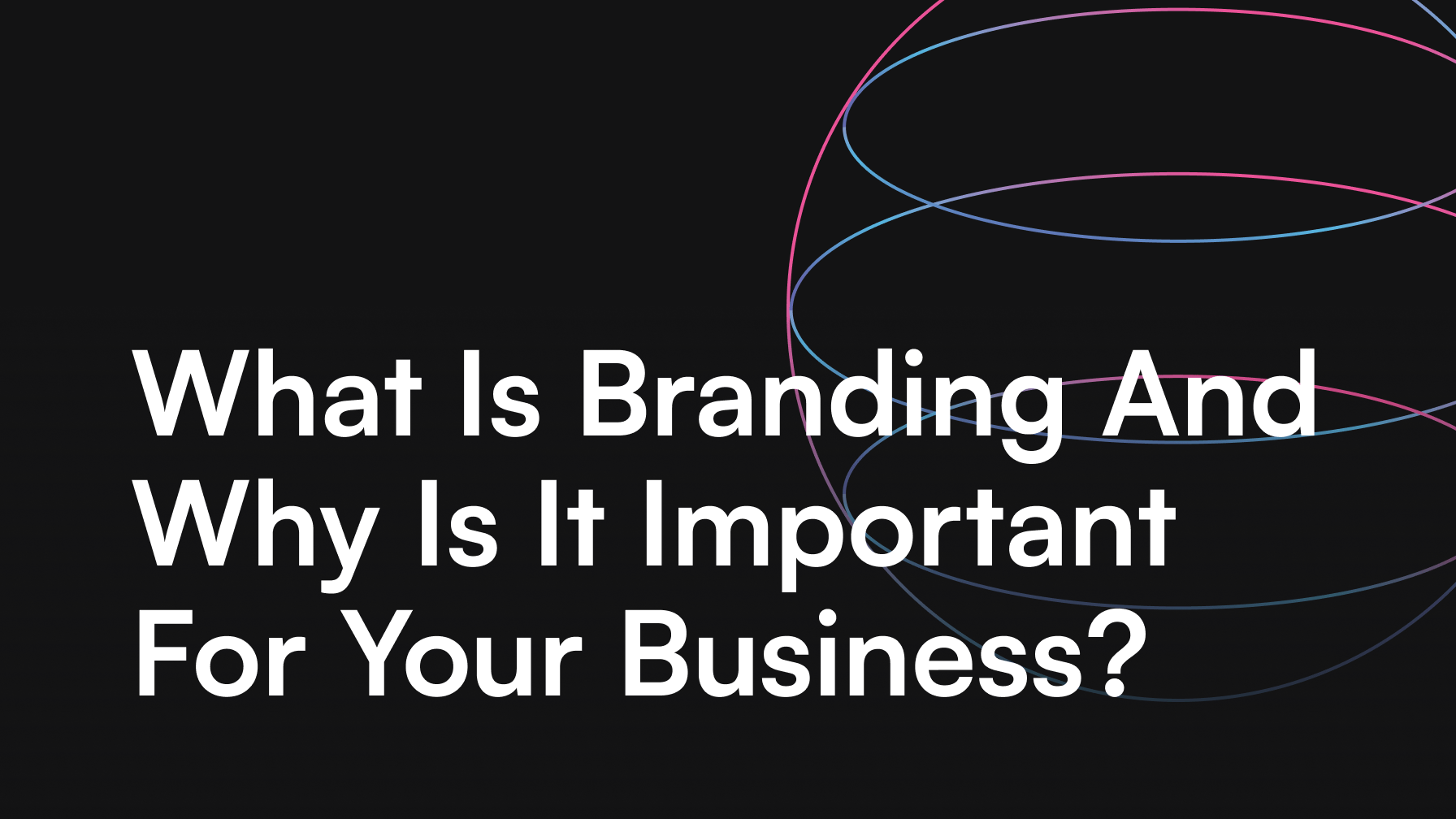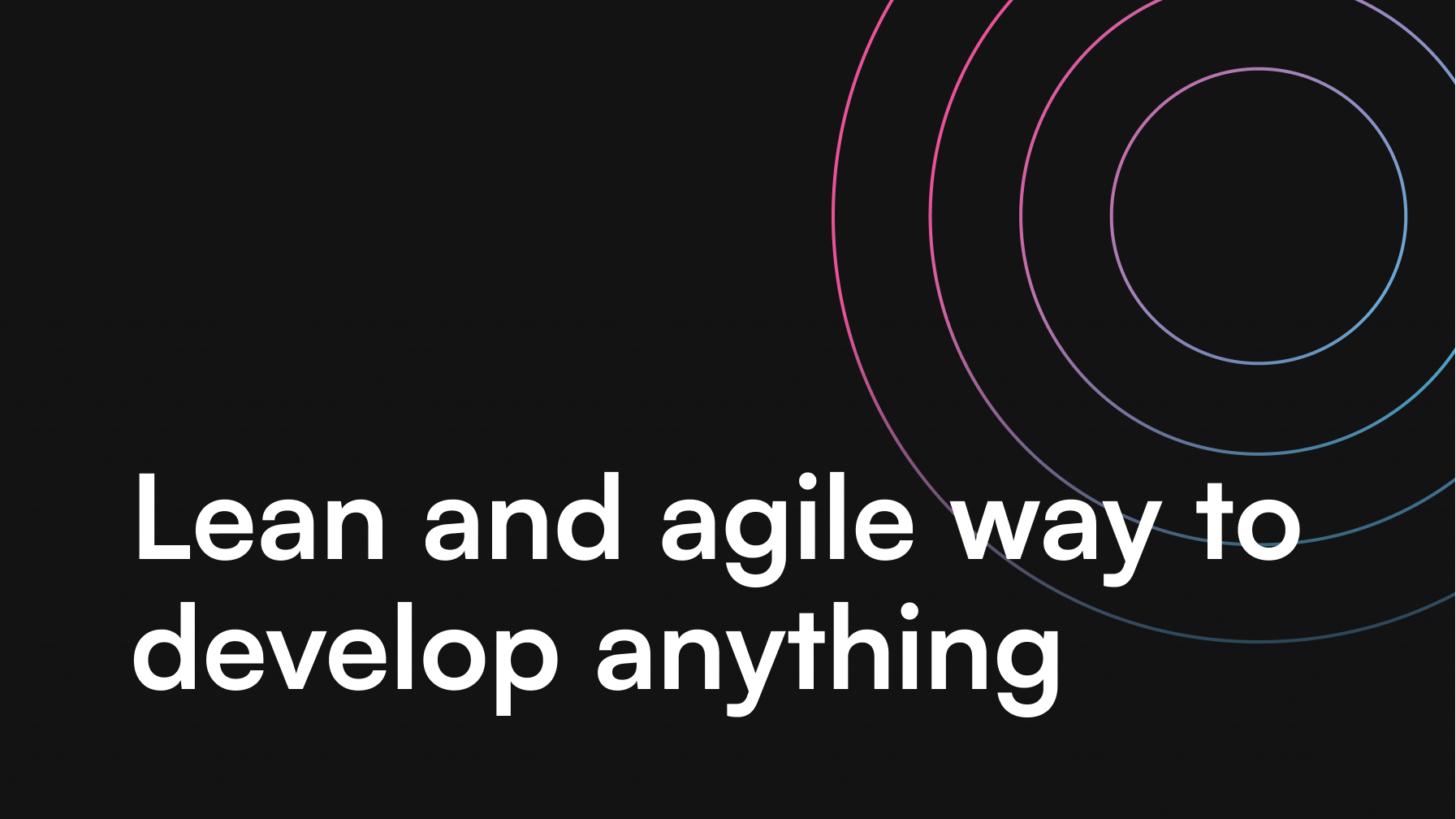Best Front-End Frameworks in 2022

Jakub Turkowski
There are numerous opinions about which front-end frameworks are best to use in 2022. We have been present on the market for quite a time – namely, over a decade now – thus, we would like to share our opinion with you. Before we list out the best front-end frameworks in 2002, we shall talk a bit more about what are frameworks and why they are crucial for you – in terms of a person, who wants to establish cooperation with a software development company. Yes, we know, you have an outstanding idea, or you already have a digital product and want to develop it further. Buckle up, we will keep it short and precise.
Front-end frameworks – what’s that?
Front-end frameworks are basically software packages. Think of them as modules that include reusable code blocks (usually pre-written), standardized technologies, as well as grab-and-go interface blocks. You know what LEGO bricks are, don’t you? Well, front-end frameworks are something like upgraded LEGO bricks for developers. Thanks to front-end frameworks, these guys can craft applications and User Interfaces faster and easier. The developers don’t have to code everything from a scratch – they can use front-end frameworks. Yeah, that’s digital magic.

Front-end frameworks – what’s inside them?
There is no option that you did not use an application (mobile app or web app) these days. So, you know that applications differ in terms of visual design, features, etc. Just think – how much time and how many people it would take to make such an app without front-end frameworks? Exactly – from a business point of view, it would not be profitable. Luckily, the front-end frameworks have a bunch of super-useful development instruments, so when you start your first conversation with a software development agency, you don’t have to wait long years before your product emerges to life (that would make it obsolete from the very start). So, among these development instruments are: grid, User Interface design components, building blocks (buttons, bars, etc.), and fonts. That’s a sophisticated digital LEGO brick set. Cool, right?
Front-end frameworks – what else you need to know?
Most front-end frameworks run on JavaScript. JavaScript is a text-based language (a scripting language, to be precise) that is used for making interactive elements. That differs it from HTML and CSS, which are used to give structure and style. You probably heard of Java – and it is not a synonym of JavaScript. Java is a programming language used to create applications that run on virtual machines or in a browser, and it needs to be compiled. JavaScript is all in text and is used to run in a browser only.
Which front-end framework is the best? There is a simple answer – it depends on the needs. Every front-end framework has pros and cons. That said, let’s move to the next part – a list of the best front-end frameworks in 2022. Popularity of front-end frameworks is one thing (see the most popular frameworks in 2021 on Statista.com), but -as usual – it’s all in the details. We will help you see the nuances and explain which factors you need to consider before choosing a front-end framework suitable for your needs. Ready? Read on.
React
This is definitely one of the most popular front-end frameworks out there. What you might find interesting is that it was initially developed and introduced by Facebook in 2011. Two years later, it became an open-source library. React works with its own virtual DOM (Document Object Model) that enables quick update of all user’s edits without any impact on the old data. It is a very useful option – it allows high-speed operations. As it is an open-source library, it does not totally fit in the ‘framework’ category. This means that it does not maintain some features and is meant to be used along with other libraries for routing, state management, and interaction with API. However, it’s a great choice if you want to save time when developing an interactive interface (its components are reusable). Keep in mind that the need of learning JSX syntax may be an obstacle for some developers – it takes time to master the skills in JSX syntax.
React – what are the pros:
- Seamless
- Performance-consistent
- Advanced development tools
- Easy collaboration
- Backed by Facebook
- Works with virtual DOM
- Reusable components
- Good choice for beginners
- Frequently updated
- Allows writing components without classes
- Easy migration between different versions
React – what are the cons:
- Requires learning JSX Syntax (not easy at the beginning)
- Frequent updates mean a lot of documentation
- Handles only front-end side of projects
React – projects examples
- Netflix
- Asana
- Airbnb
- UberEats

jQuery
jQuery is a kind of veteran in the arena – it was developed in 2006, but is still considered as one of the best front-end frameworks in 2022. Why? Because jQuery offers something significant – a minimalistic approach to coding. How can that be an advantage? Well, that’s simple. Some user activities are shortened to tiny pieces of code. This translates to easy handling of code and easy integration into JavaScript logic. To say it short – it offers simplicity and a massive support, thanks to so many years in the game. You can imagine the loyal community that jQuery gathered for all those years. Of course, it also means that thanks to this period and this community, jQuery is still relevant to many modern development conditions. Choose jQuery if you’re planning to create desktop-based applications. If your project is focused on building complex user interfaces, you should consider using a bit more modern framework to avoid slow performance caused by bloated code.
jQuery – what are the pros:
- It’s beginner-friendly
- Compatible with popular web browsers
- Has numerous useful plugins
- Strong support/massive community
- SEO-optimized
- Dynamic content facilitation
- Multiple tools for DOM manipulation
- Simple HTTP request sending
- Comfortable in use
jQuery – what are the cons:
- Lack of data layer
- Works slower than other frameworks
- Misses advanced mobile development
- DOM APIs are obsolete
- Huge file size
jQuery – project examples:
- Uber
- Kickstarter
- Pandora
- Microsoft
- SurveyMonkey

Angular
To be honest, it should be called Angular 2+, as it is an updated version of AngularJS, presented by the famous giant – Google – in 2009. Angular’s main assets are: two-way data binding (the changes in the view are visible instantly), high performance, programming special behaviors of DOM, and hierarchical dependency injection function. The last term might sound super-complicated, so let us make it clear. It is a function that makes the code components easy to handle – in terms of reusability, testing, and overall control. Angular is a front-end framework that works well for creating huge (enterprise scale) applications. If you have a small team, it may get overwhelmed by Angular. Also, if SEO is on your priority list, you better consider using a different framework.
Angular – what are the pros:
- Backed by Google
- Two-way data binding
- Testable and reusable components
- Massive community
- Decoupling from external elements
- Injectable components are easy to handle
- Good server performance
Angular – what are the cons:
- Difficult for beginners or smaller teams
- Low SEO capabilities level
- Dynamic apps lack performance
- Large size
Angular – project examples:
- Some Google services
- LEGO
- UPS
- BMW
- Forbes
- Autodesk

Vue
Here’s an interesting fact for a start: Vue was created by Evan You – the guy who was also involved in creating Angular. Vue has seen the world (or the world has seen Vue) for the first time in 2014. Although the creator of Vue is a well-known player, who had his input in creating Angular (backed by Google), Vue is not supported by big players on the market. Nevertheless, Vue has a lot to offer – starting with a super-small file size (the ZIP file weight is only… 18 KB), through virtual DOM, component-based architecture, and two-way data binding, to high-performance. Definitely, Vue is one of the most beginner-friendly frameworks that is clear, simple, yet has an extensive set of useful tools. It is truly a versatile framework, especially useful for creating applications that require frequent and fast real-time updates. When should you consider choosing Vue? When you plan to launch a small project or build a single-page app. If you plan a larger project, be aware of the fact that Vue is a relatively new framework, so don’t expect quick support and problem-solving.
Vue – what are the pros:
- Super-small size
- Easy and simple to learn and use
- Quite detailed documentation
- Two-way data binding
- Easy-to-learn syntax
- SEO-friendly
- Support for Typescript
Vue – what are the cons:
- Lot of Chinese content inside (important in terms of integrating plugins)
- Small community
- Misses stability in components
- Not backed by big players
- No capabilities for bigger projects
Vue – project examples:
- Xiaomi
- Alibaba
- 9gag
- Ride Receipts
- Reuters

Svelte
Now that’s an interesting case – you probably would ask now ‘why?’. Well, Svelte is something different – it is not a framework and not a library. It is a compiler. Even though it is relatively a new player on the scene (launched in 2016), it already gained much attention and developers share that they are very fond of using Svelte. It is because Svelte requires far less coding than other frameworks. Although it has no DOM, it allows an easy to handle workflow. How does it work? Svelte groups different components and isolates logic, templates, and view. It translates to simple and easy navigation, as well as to the fact that developers can create components in HTML, CSS, and JavaScript, and then compile the code to standalone (and lightweight) modules in vanilla JavaScript. These can then be easily integrated into DOM. When is it best to use Svelte? In small projects where speed counts. When is it best to consider using some other framework? In bigger projects, Svelte does not have a vast pool of plugins, nor a huge community.
Svelte – what are the pros:
- Very fast
- Lightweight
- Runs existing JavaScript libraries
- SEO-optimized
- Minimal code
- Component-based architecture
- No virtual DOM
- Beginner-friendly
Svelte – what are the cons:
- Small community
- Limited pool of plugins
- Misses scalability
- Coding nuances
Svelte – project examples:
- Godaddy
- The New York Times
- Absolute Web
- 1Password
- HealthTree
- Razorpay
Which is the best front-end framework in 2022?
As you can see, it all depends on your needs. This list is not a complete list of available frameworks. We mean, there are more remarkable options out there – like Ember, Backbone, Semantic, or Bootstrap. Each front-end framework has its advantages and limitations – this means you need advice from experts to find a suitable solution for your project.
And we have good news for you – we’re more than happy to know more about your project and help you choose the right option. What distinguishes us from the crowd is that we not only deliver an outstanding product, but we also help you all along the way – starting with selecting the best option from the very start. So, we’re glad that you now have better knowledge about frameworks. There’s only one step to take – contact us, let’s talk about your project.
Read more
Why is machine learning a growing trend?
What is a cloud application?
How much does it cost to make a booking type app?
19 Apps built with Flutter Framework
How mobile applications are fueling digital transformation
What is a mobile app?






